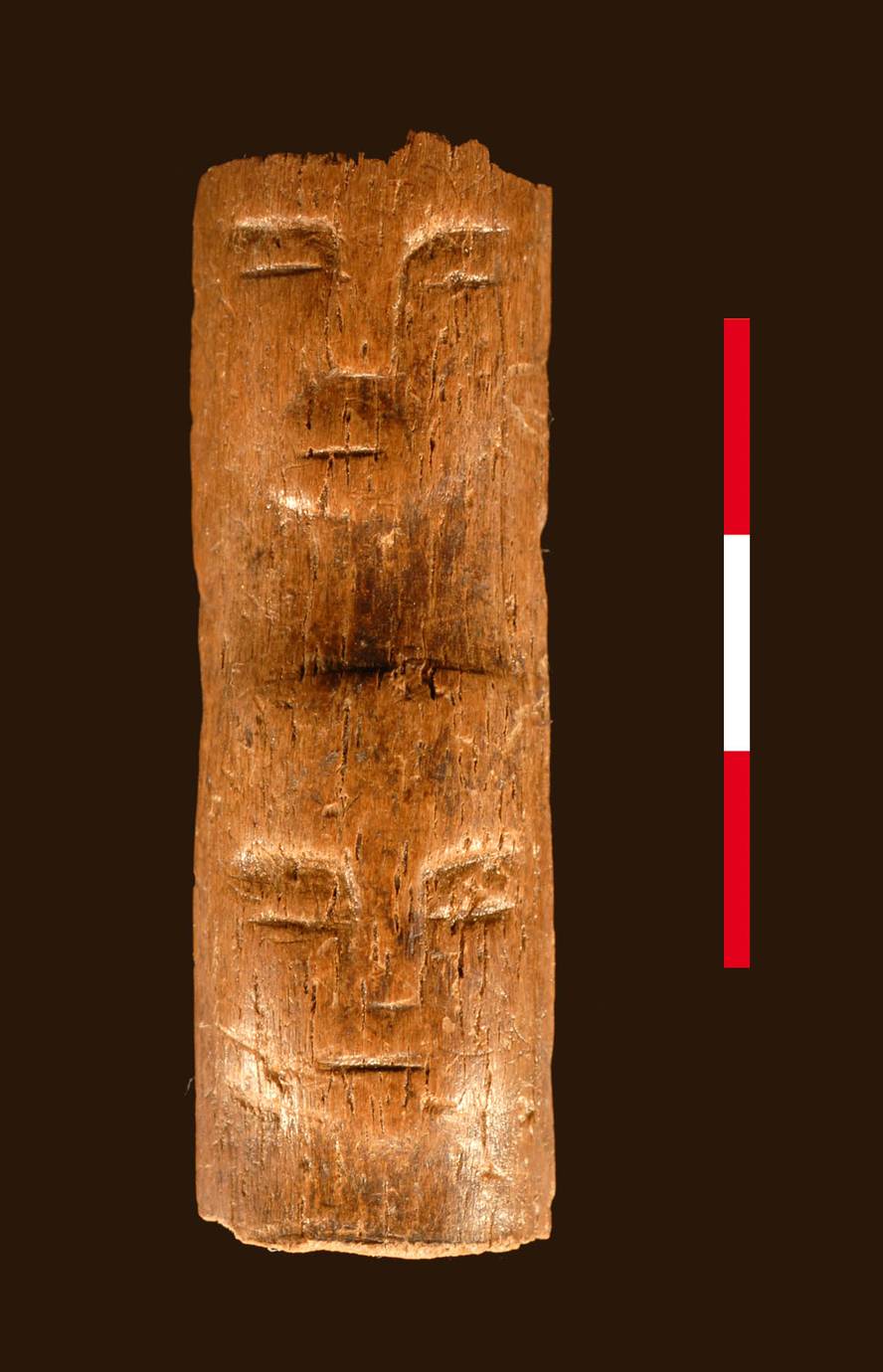A discovery in Syria that has helped to understand the development of human symbolism
The bone rod found in the archaeological site Tell Qarassa of Syria has helped to understand the evolution of figurative art. The international research group, led by the Spanish CSIC, has announced in its recently published article in the journal Antiquity that the bone rod is 8,000 years old, with two human faces carved.
“The iconography of hunter-gatherers represents the natural images of the animals, while the human figure is more schematic, except for specific exceptions, according to Researcher Juan José Ibáñez of the CSIC. As the social and economic changes that led to the creation of the Neolithic began to take place, the human figure was placed at the center of symbolic representations and naturalistic expressions of human faces were exposed as those that appear on the rod discovered in Tell Qarassa,” Ibáñez explained.
The rod found in Syria has a length of 51 millimeters, a width of 17 millimeters and a thickness of 7 millimeters. About 8,200 years ago it was made with the rib of a large bovine, probably the bone of a Eurasian uro. The two faces represented one on the other have the same characteristics: the tall, wide bowel, the exact bow on the tabs, the closed eyes, the long straight nose associated with the forehead, the small straight mouth with a small and straight section and the round chin. Both faces have no hair or ears.
In the trantzisión between the Paleolithic and the Neolithic appear faces of this type both in monumental sculptures and in modeled skulls (skulls of ancestors with modeled faces). “In both cases, the representation of the face serves to foster the relationship between supernatural beings and living beings,” said Ibáñez. “This is one of the main innovations that relate to the creation of the Neolithic.”







